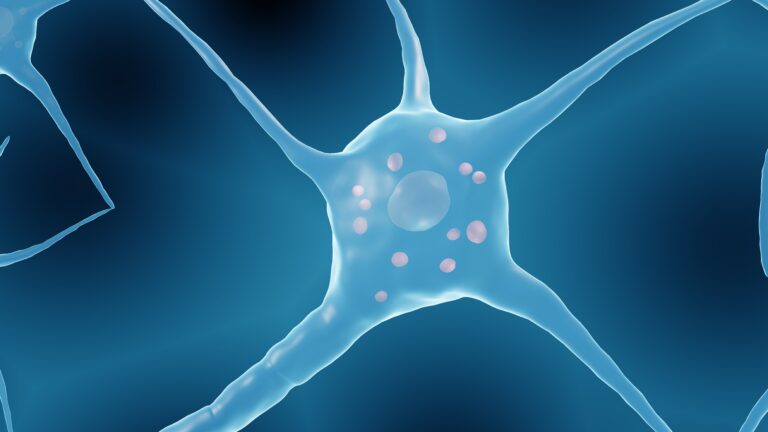Aria amyloid, also known as cerebral amyloid angiopathy (CAA), is a rare condition that affects the blood vessels in the brain. It is a type of amyloidosis, a group of disorders characterized by the accumulation of abnormal proteins in various organs and tissues.
In the case of Aria amyloid, the buildup of these proteins specifically occurs in the walls of the blood vessels in the brain. This can lead to weakening and damage of the vessel walls, making them more susceptible to bleeding and causing various neurological symptoms.
The exact cause of Aria amyloid is still largely unknown, but it is believed to be associated with aging and genetic predisposition. The condition is most commonly seen in individuals over the age of 60, and there is evidence that certain genetic mutations may increase the risk of developing Aria amyloid.
Symptoms of Aria amyloid can vary depending on the location and severity of the blood vessel damage. Some individuals may remain asymptomatic for years, while others may experience severe symptoms early on. Common symptoms include headaches, confusion, difficulty with movement and coordination, changes in vision, and seizures. These symptoms can be progressive, meaning they worsen over time, and can significantly impact an individual’s quality of life.
Aria amyloid can also lead to complications such as intracerebral hemorrhage, which is a type of stroke caused by bleeding in the brain. This can be life-threatening and requires immediate medical attention. Other complications may include cognitive decline, dementia, and brain swelling.
Diagnosis of Aria amyloid can be challenging as its symptoms are similar to those of other neurological conditions. A thorough medical history, physical examination, and imaging tests such as MRI and CT scans are usually used to diagnose the condition. In some cases, a biopsy may be necessary to confirm the presence of amyloid proteins in the blood vessel walls.
Unfortunately, there is currently no cure for Aria amyloid. Treatment options are limited and focus mainly on managing symptoms and preventing complications. For instance, medications may be prescribed to manage headaches and seizures, while surgery may be necessary to remove any blood clots or relieve pressure in the brain. Blood pressure control is also crucial in preventing further damage to the blood vessels.
Research into potential treatments for Aria amyloid is ongoing, with some promising findings showing that certain drugs may help prevent the formation of amyloid proteins. Early detection and diagnosis are crucial in managing the condition and improving outcomes for affected individuals.
In conclusion, Aria amyloid is a rare condition that affects the blood vessels in the brain and can lead to various neurological symptoms and complications. While there is currently no cure, early detection and management of symptoms can greatly improve an individual’s quality of life. Further research into potential treatments is essential in finding a more effective way to treat and prevent this condition.





